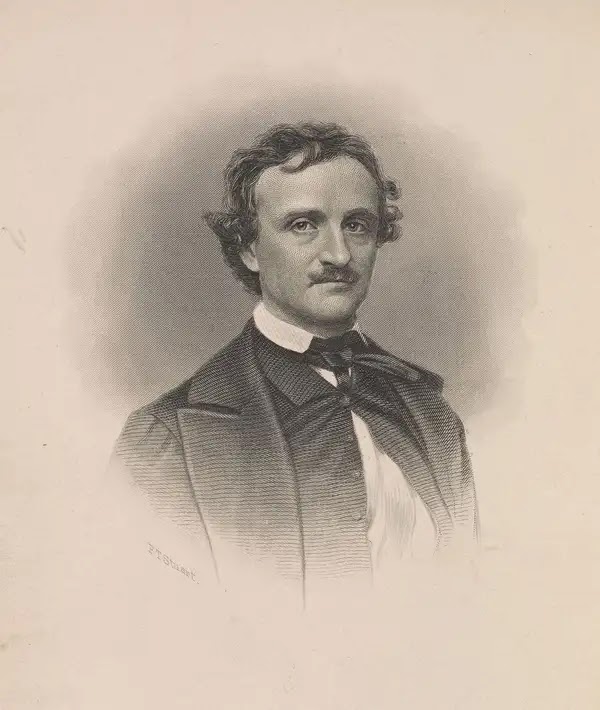Explore the Rich History of Shastriya Sangeet: Traditional Hindu Music | HUA
Explore the History of Traditional Hindu Music with a Focus on Karnatic Music. This course delves into the rich and diverse traditions of Hindu music, also known as Shastriya Sangeet, with a particular focus on the evolution of Karnatic music. From the ancient Sama Vedic chants and the musical distinctions of the Natyasastra of Bharata muni and the Silappathikaram to the Bhakti movement of the 1st millennium, students will be taken on a guided tour of the history of Indian music.
The course also examines the evolution of texts such as the Sangita Ratnakara and the Chaturdandi Prakasika in the 2nd millennium, and the impact of Islamic and Arab/Persian traditions on Indian music. Through a combination of lecture/discussions, reading assignments, and guided listening experiences, students will gain a nuanced understanding of the evolution of Indian music and its contemporary state in India and amongst the diasporas.
Join us on a journey through the fascinating history of traditional Indian music and gain a deeper appreciation for the unique and complex cultural heritage of Hindu music, including Karnatic music.
Description
The History of Shastriya Sangeet Course Content:
This Course provides a guided overview of the rich history and evolution of traditional Indian music, with a focus on Hindu music. Through lectures and readings, we will explore the history of composers, sages, saints, emperors and luminaries who have contributed to the evolution of music. We will delve into the core of Indian music traditions, emphasizing ‘the raga’ and ‘the tala’ and will explore the commonality of the various traditions, rooted in spirituality with a history of over two millennia. The goals of this Course are to provide a comprehensive overview of the history and evolution of traditional Indian music and Hindu music.
Course Learning Objectives:
Discuss names and works of musicologists and musical luminaries such as the Natya Sastra of Bharata, the Silappathikaram of Illango Adigal, the Sangita Ratnakara of Sarangdev, the Chaturdandi Prakasika of Venkatamakhi, the Sangita Sampradaya Pradarsini of Subbarama Dikshitar and the work of Pandit Bhatkhande. Comprehend the contribution of traditional Indian music and Hindu music to the Western world’s study and outlook on Indian music. Discuss the contribution of the Bhakti movement and the Hindu Saints of Tamil Nadu, Karnataka, Maharashtra and Bengal to Indian Art Music. Analyze the contribution of Vaggeyakaras and the sacred geography of India to Art music. Discuss the impact of Islamic and Persian traditions on Indian music. Examine the contribution of the Devadasi tradition to Indian Art. Analyze issues facing contemporary Indian music.
Class Structure
This course will provide students with a minimum of 1 contact hour per week. During this time, discussion, debate and reflection on listening experiences and reading material will be encouraged. In each session, the content will be concluded within the hour, however, discussion can continue afterwards for up to 30 minutes. Additionally, two short essays will be required to be completed by the students throughout the course. These essays do not have to be of academic quality but should be reflective of what they have learned.
CONTACT — 407–205–2118
Overview Hind University Of America
EMAIL- saksham.mangwana@hua.edu
Address- 5200 Vineland Rd 125 Orlando, FL 32811




Comments
Post a Comment